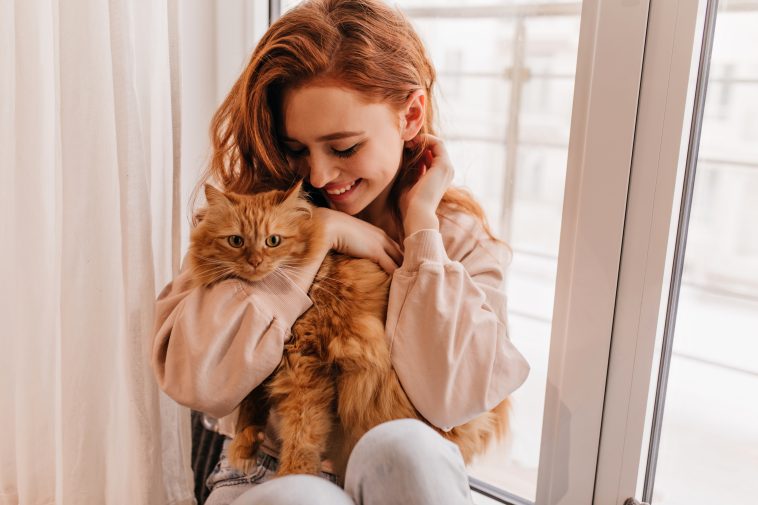Cats are complex and fascinating creatures, each with their own personality and preferences. As a cat owner, understanding what your cat loves can help you build a stronger bond and ensure their happiness and well-being. While each cat is unique, there are some common things that most cats absolutely adore. Whether it’s the allure of a cozy nap or the joy of a good scratch, these ten things are sure to be among your cat’s favorite activities.
1. Cats Love Taking Naps
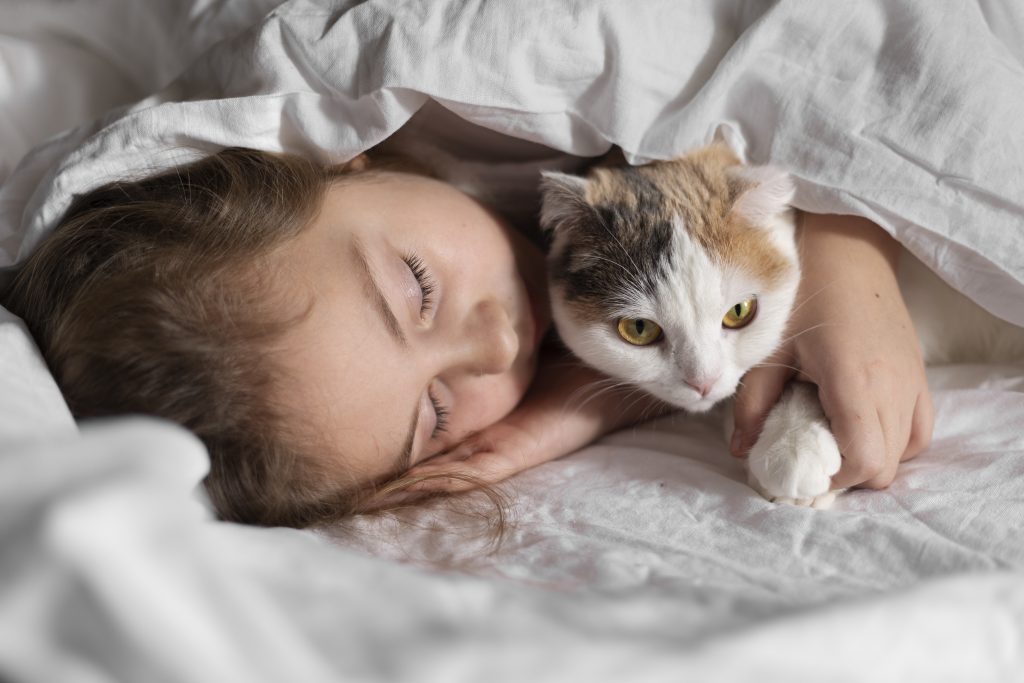
If there’s one thing cats are known for, it’s their love of sleep. On average, a cat sleeps for 12 to 16 hours a day, though kittens and older cats may sleep even longer. This might seem excessive to us, but for cats, it’s perfectly normal. Cats are crepuscular animals, meaning they’re most active during the dawn and dusk hours. Their long daytime naps are a way to conserve energy for these active periods.
Creating the perfect napping spot can enhance your cat’s comfort. Soft blankets, cushioned beds, and quiet corners are ideal. Some cats prefer high perches where they can feel secure while they rest, while others may choose a cozy spot on the couch. Observing where your cat likes to sleep can give you insights into their preferences, allowing you to create an environment where they feel safe and content.
2. Cats Love Grooming and Being Groomed
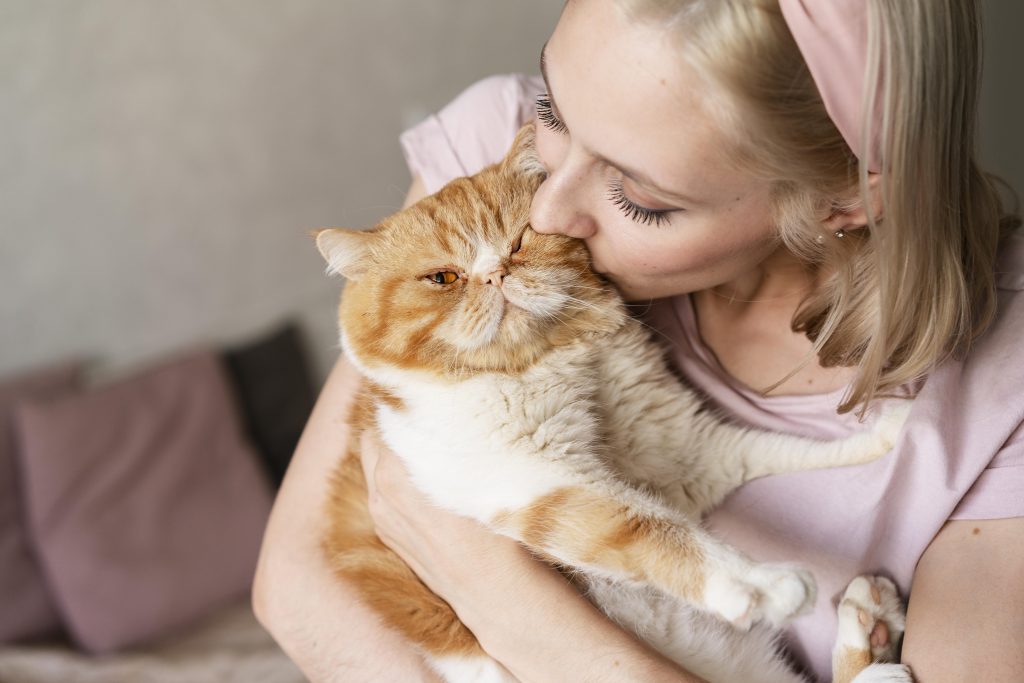
Grooming is more than just a way for cats to stay clean—it’s a vital part of their daily routine and overall health. Adult cats spend approximately 50% of their waking hours grooming themselves. This meticulous behavior serves several purposes:
- Hygiene: Grooming helps remove dirt, debris, and loose fur from a cat’s coat. By keeping themselves clean, cats reduce the risk of skin infections and other health issues, which can save on potential veterinary care costs.
- Stress Relief: Grooming has a calming effect on cats, much like a human might relax with a massage. The repetitive motion of licking can help cats feel more relaxed and reduce anxiety.
- Social Bonding: In multi-cat households, cats often groom each other, a behavior known as allogrooming. This not only helps maintain hygiene but also strengthens social bonds within the group. When a cat grooms its owner, it’s a sign of affection and trust.
- Temperature Regulation: Cats also groom to help regulate their body temperature. On hot days, a cat might dampen its fur with saliva to cool down, much like how humans sweat to release heat.
Not all cats enjoy being groomed by their owners, but for those that do, brushing can be a pleasurable experience. Using a soft bristle brush or grooming glove can help remove loose fur and reduce shedding while providing your cat with a soothing massage. Regular grooming sessions also offer an opportunity to check for any skin issues or parasites that may need veterinary care.
3. Cats Love Fresh, Nutritious Food
Diet plays a critical role in your cat’s health, and offering fresh, high-quality cat food is one of the best ways to ensure they stay healthy and happy. Cats are obligate carnivores, which means their diet must be rich in animal proteins and fats. They rely on these nutrients for energy, muscle maintenance, and overall well-being.
Providing your cat with fresh food is essential not only for their enjoyment but also for their health. Stale or spoiled food can harbor bacteria such as Salmonella or Staphylococcus, which can cause serious illness. Always check the expiration date on both wet and dry cat food, and store it properly to maintain its freshness. If you’re feeding your cat wet food, remember to discard any uneaten portions after a few hours to prevent bacterial growth.
In addition to the quality of food, consider the nutritional balance. A diet that meets all of your cat’s dietary needs—proteins, fats, vitamins, and minerals—will support their health and longevity. Consulting your vet about the best organic pet products or specialized diets can provide extra benefits, especially if your cat has specific health concerns or dietary restrictions.
4. Cats Love Running Water
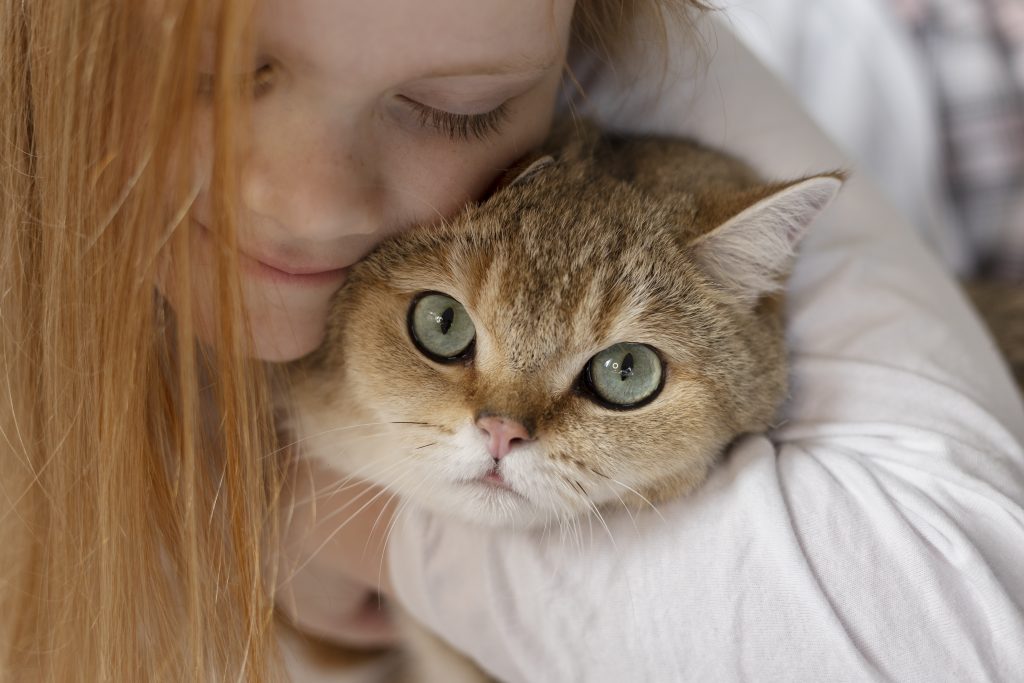
If you’ve ever noticed your cat trying to drink from a running faucet, you’re not alone. Many cats are fascinated by running water, which is often perceived as cleaner and fresher than still water. In the wild, cats would naturally seek out moving water sources, which are less likely to be contaminated.
To cater to this preference, consider investing in a cat water fountain. These devices mimic the flow of a natural stream, encouraging your cat to drink more water, which is vital for their kidney health and overall hydration. Proper hydration can help prevent urinary tract issues, which are common in cats, especially those on a dry food diet.
For cats that enjoy playing in water, supervised water activities can be a fun way to keep them entertained. Filling a shallow tub with water and floating toys can provide mental stimulation and a cooling activity on hot days. Just be sure to dry your cat thoroughly afterward to prevent any discomfort or skin issues.
5. Cats Love Scratching and Clawing
Scratching is an innate behavior for cats, serving both physical and emotional needs. Physically, scratching helps cats remove the outer layer of their claws, keeping them sharp and healthy. It also allows them to stretch their muscles and flex their joints, which is especially important for maintaining mobility as they age.
Emotionally, scratching can be a form of stress relief. The act of scratching releases endorphins in a cat’s brain, which can help them feel more relaxed and content. It’s also a way for cats to mark their territory, as scent glands in their paws leave behind a unique scent.
To protect your furniture while accommodating your cat’s need to scratch, provide plenty of scratching posts and pads. These should be placed in areas where your cat likes to spend time, such as near their favorite sleeping spots or in high-traffic areas of your home. Encouraging your cat to use these designated scratching areas can help satisfy their natural instincts while preserving your home decor.
6. Cats Love Daily Playtime
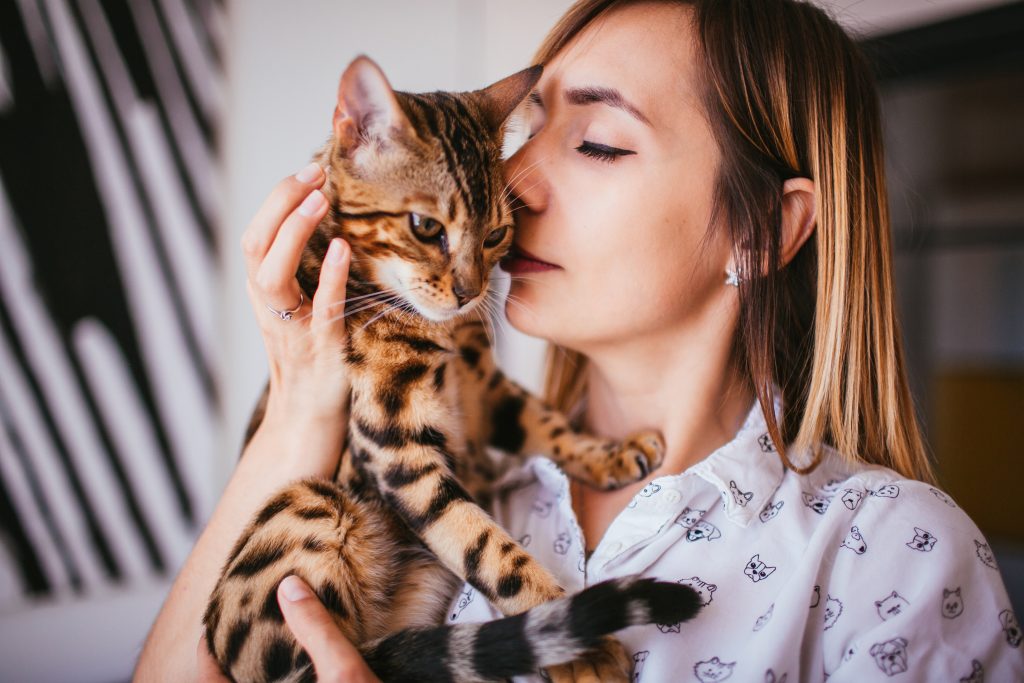
Playtime is crucial for cats, regardless of their age. It provides not only physical exercise but also mental stimulation, which is essential for a cat’s overall health. Play mimics the hunting behaviors of stalking, chasing, and pouncing, allowing cats to engage their natural instincts in a safe and controlled environment.
There are countless interactive cat toys available, from simple string toys to more complex gadgets. Each cat has its own play style, so it may take some experimentation to find what your cat enjoys most. Some cats prefer solo play with toys they can bat around, while others thrive on interactive play with their owners.
In addition to toys, games like hide and seek can be a great way to engage your cat. You can also create DIY toys using common household items like paper bags or cardboard boxes, which can provide hours of entertainment at little to no cost.
Daily play sessions not only keep your cat physically fit but also prevent boredom, which can lead to behavioral issues. Set aside time each day to play with your cat, ensuring they get the mental and physical exercise they need.
7. Cats Love Watching Birds
Bird-watching is a favorite pastime for many cats. A window perch that offers a view of the outdoors can keep your cat entertained for hours. The movement of birds, squirrels, and other wildlife can stimulate your cat’s hunting instincts, even if they’re indoors.
To enhance your cat’s bird-watching experience, consider placing a bird feeder outside a window where your cat likes to sit. This will attract more birds to the area, providing endless entertainment for your feline friend.
However, it’s important to protect your cat from the sun’s harmful rays while they enjoy their view. Cats with light-colored fur are particularly susceptible to sunburn and skin damage. Limit their sun exposure during peak hours, and talk to your vet about safe sun protection options, such as pet-approved sunscreens.
8. Cats Love Their Humans
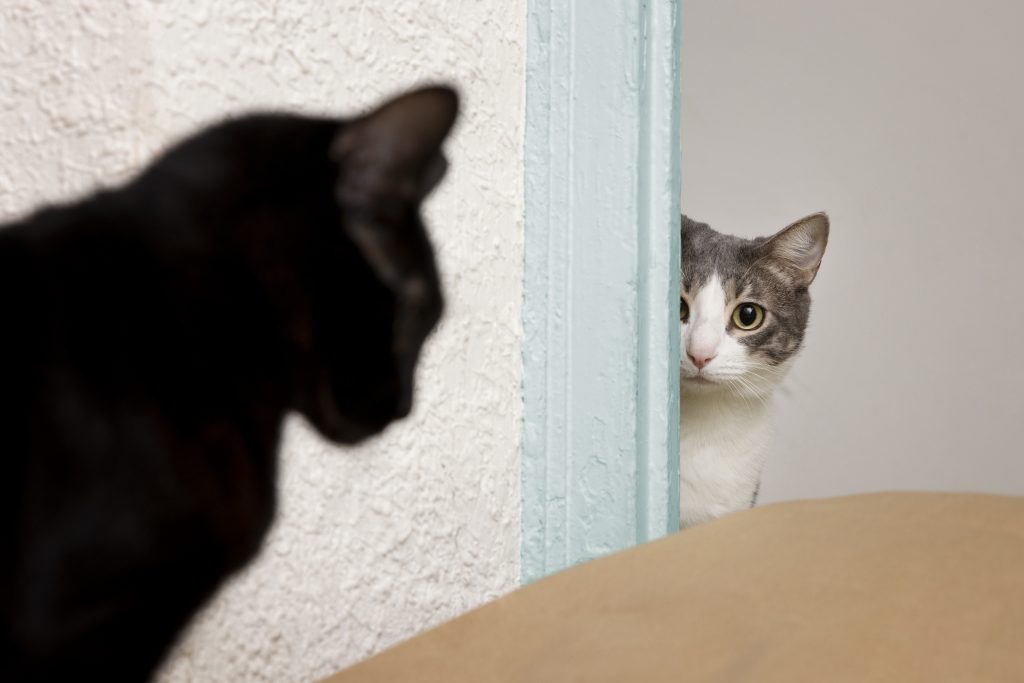
Despite their independent reputation, cats form strong bonds with their human companions. They show affection in various ways, from purring and kneading to following you around the house. Some cats may even bring you “gifts” in the form of toys or, in outdoor cats’ cases, prey they have caught.
Understanding your cat’s love language is key to building a strong relationship. While dogs might show affection through wagging tails and enthusiastic greetings, cats are more subtle. A gentle head bump, a slow blink, or curling up in your lap are all signs that your cat trusts and loves you.
To strengthen your bond with your cat, spend quality time together each day. Whether it’s through play, grooming, or simply sitting together, these moments of connection are important for your cat’s emotional well-being. Consider incorporating pet insurance into your routine care for your cat, ensuring that you can provide the best care possible if any health issues arise.
9. Cats Love Cozy Hiding Spots
Cats love to feel safe and secure, and having a cozy hiding spot can provide them with a sense of comfort and protection. Whether it’s a cardboard box, a cat cave, or a blanket fort, giving your cat a place to retreat when they need some alone time is important for their emotional health.
These hiding spots can also help reduce stress during times of change or upheaval, such as moving to a new home or having visitors over. Make sure your cat has access to a quiet, secluded area where they can relax and feel safe.
10. Cats Love Routine
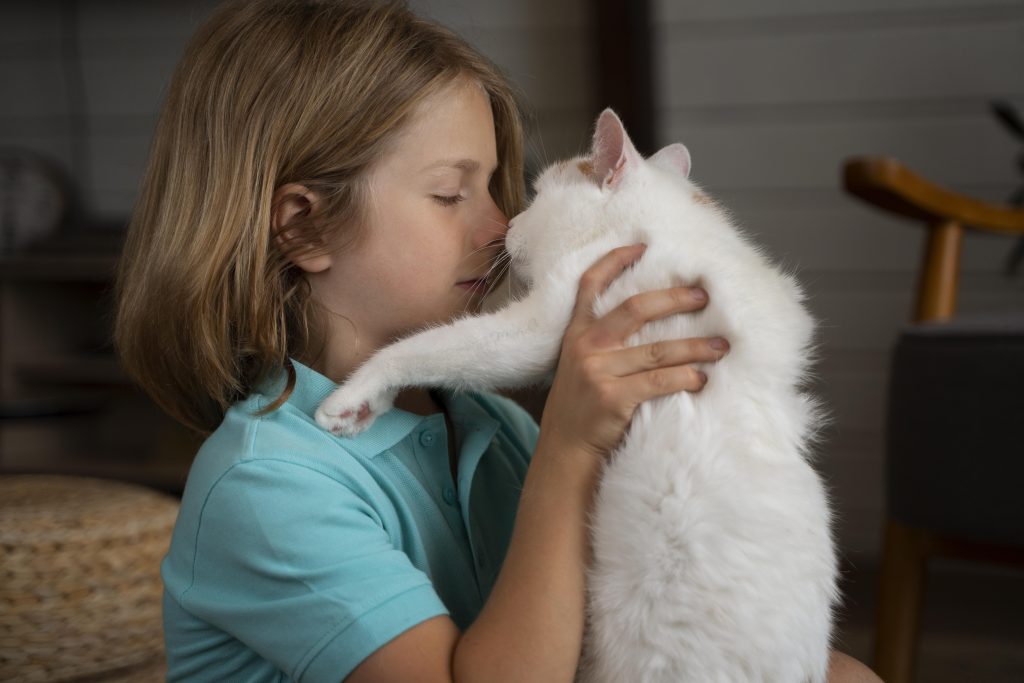
Cats are creatures of habit, and they thrive on routine. Feeding times, playtimes, and even sleeping schedules should be consistent. A regular routine helps your cat feel secure and reduces stress, as they know what to expect each day.
If you need to make changes to your cat’s routine, try to do so gradually to minimize any disruption. Whether it’s adjusting feeding times or introducing a new activity, easing into new routines can help your cat adapt more comfortably.
